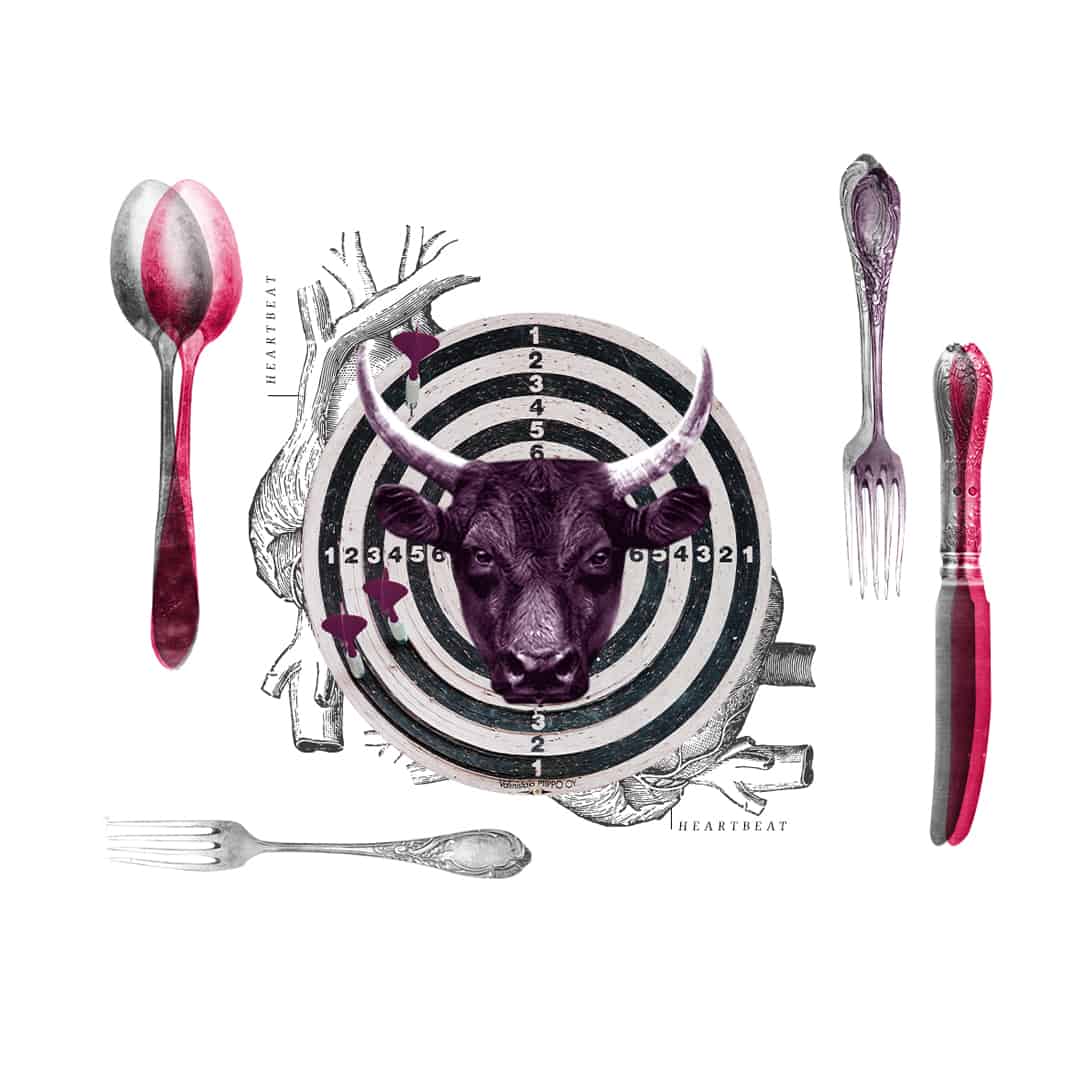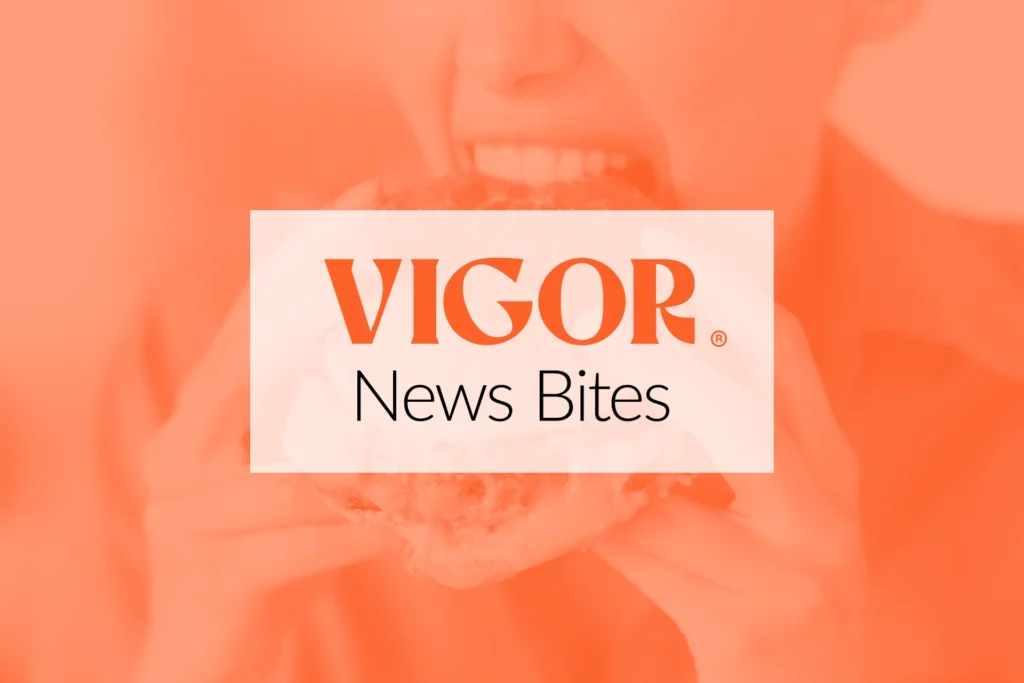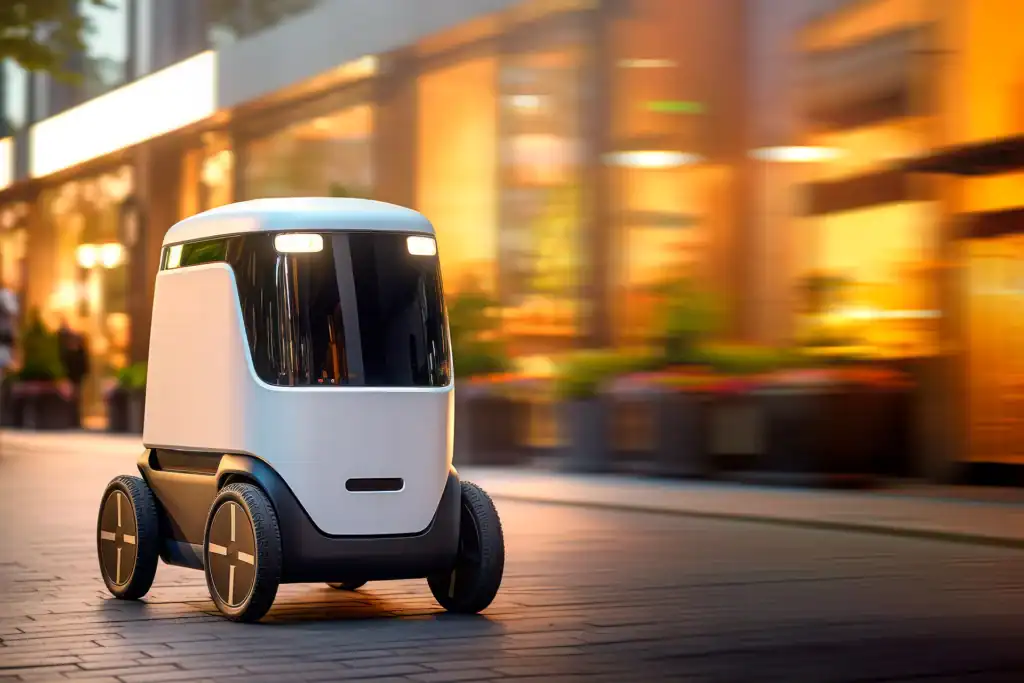It’s a Tricky Question
Whether Vigor is creating a new restaurant brand from scratch or evolving one with plenty of history, there’s a question we get asked from time to time which is on the mind of every business owner: what is the return on investment for a branding project?
I’ll admit, the last time I was asked this, I got a little tongue-tied. Where do we start? To someone who’s been in the brand strategy space for more than ten years, I have a broad and inclusive view of what branding entails. To my ears, it’s like asking “what’s the ROI of having an awesome product” or “what’s the ROI of having a rockstar team?”
“I don’t know,” I thought to myself—”building a thriving culture and business?”
Branding—designing the relationship between your restaurant and your patrons—impacts everything about your business when adopted the right way. Your visual identity, your verbal identity, how you greet someone at the door, and yes, even what products you offer. Calculating ROI requires that the effect of some particular effort is isolated, then compared to a baseline.
But how can we even begin to estimate what branding is worth monetarily, when a) new brands don’t have a baseline to compare to and b) re-brands affect everything about the business and also don’t truly have a control group to compare to?
Branding is not a marketing tactic. It’s not a promotion, an LTO, or a new loyalty system. It’s the beating heart of your organization and the complex mix of perceptions and emotions others have about your restaurant (or beverage) brand.
That being said, I don’t want to chicken out. It’s a valuable question. While we cannot give an exact ROI of branding, we can clearly see how it impacts ROI in several key ways. And folks smarter than me can even calculate the cash value of your brand’s equity. In other words, building a great brand adds additional value to your business, beyond the nuts and bolts of the organization.
How Branding Impacts ROI
Let’s look at the linkages between your brand and your overall profitability as a restaurant or beverage brand. This will give us a sense of the connection between a branding effort and its return on investment. There are several ways branding impacts ROI, but here are some of the juiciest ones:
Branding Impacts Conversion Rates
Strong brands drive purchases. A brand that is noticeable and meaningful to your audience will drive higher conversion rates in brand marketing efforts. Why? Because in a relative comparison to weaker or less relevant brands, a strong brand transcends pure rationality and elicits an emotional response. Higher conversion rates mean a higher ROI on marketing efforts.
Branding Impacts Net Promoter Scores
Strong brands drive word of mouth (whether that’s the kind on your face or the kind on your phone). We call the percentage of your patrons who tell others about your brand your net promoter score, and your brand directly impacts this percentage. Why? Because that emotional response and sense of meaning make customers into fans, and those fans are happy to identify with and promote your brand. That means a longer tail of benefit to your brand marketing efforts, which again boosts ROI.
Branding Impacts Profit Margins
Strong brands win loyalty, and loyalty drives the price someone is willing to pay for your product. In spaces with thin profit margins (hello, restaurants), being able to sustain even a small price increase can result in a big boost in profit margins. Remember when Starbucks was the go-to example of people paying too much for something that’s cheap to make? Did that stop people from buying? No. For a while, they were the only brand that represented the style of coffee they sold. So every transaction contributes to the ROI of the branding effort that won that initial loyalty.
Brands Build Equity Over Time
Brands don’t just win dollars at the point of transaction, they’re part of the overall value of your company. This may be a little counter-intuitive, but over the past few decades, intangible assets are overtaking tangible assets in terms of cash value. Of course, this value depends on a lot of factors and is most applicable to relatively famous brands. But even for smaller organizations, a strong brand could be the most valuable intangible asset you cash in on when selling your company (or your greatest leverage when securing additional investment). By way of analogy, if your business is your house, your brand is like the neighborhood you live in. The house has value because of its four walls and roof, but the neighborhood adds to or subtracts from the value of the house by impacting its overall desirability.
Branding Attracts the Right Talent
Have you ever noticed that strong, clear, focused brands seem to have a “type” of employee? Or how employees of that brand seem to effortlessly reinforce the brand’s personality? Brands that know what they stand for attract not only customers but employees who are happy to associate with a brand that represents them. Remember, people are people, and deciding where to work is an emotional choice that reflects on someone’s identity in a big way. A compelling brand (and the culture that supports it) translates to easier and more effective hiring, an elevated customer experience, and yes, return on investment.
Brands Elevate Your Organization
Speaking of employees, a true branding effort isn’t just about your presentation to the market, it’s about establishing a culture with shared values and goals. The more your organization understands the underlying purpose of your brand, the more they will row in the same direction. Is this hard to measure? Yes. Is it hard to see? Not at all. One of the most rewarding experiences we can have at Vigor is seeing the overall morale of a client’s team boosted by feeling aligned on a brand purpose, personality, and presentation. This can spell gains in efficiency in decision-making, more synchronized efforts, and less churn. The result? Returns, returns, returns.
The Bottom Line
Most of the prospects that come to Vigor are already convinced of the power of strategic branding, not because they did the math, but because they understand the philosophy of branding. They know that without a strong brand, they’ll be reduced to a commodity that must compete solely on price and features. Competing on price is the worst place to be when seeking a return, and features are subjective and increasingly easy to copy. The bottom line is that a strong brand, supported by an aligned organization, serves as your true competitive advantage in today’s marketplace. Investing in your brand isn’t only beneficial to having a return, it’s critically necessary.


